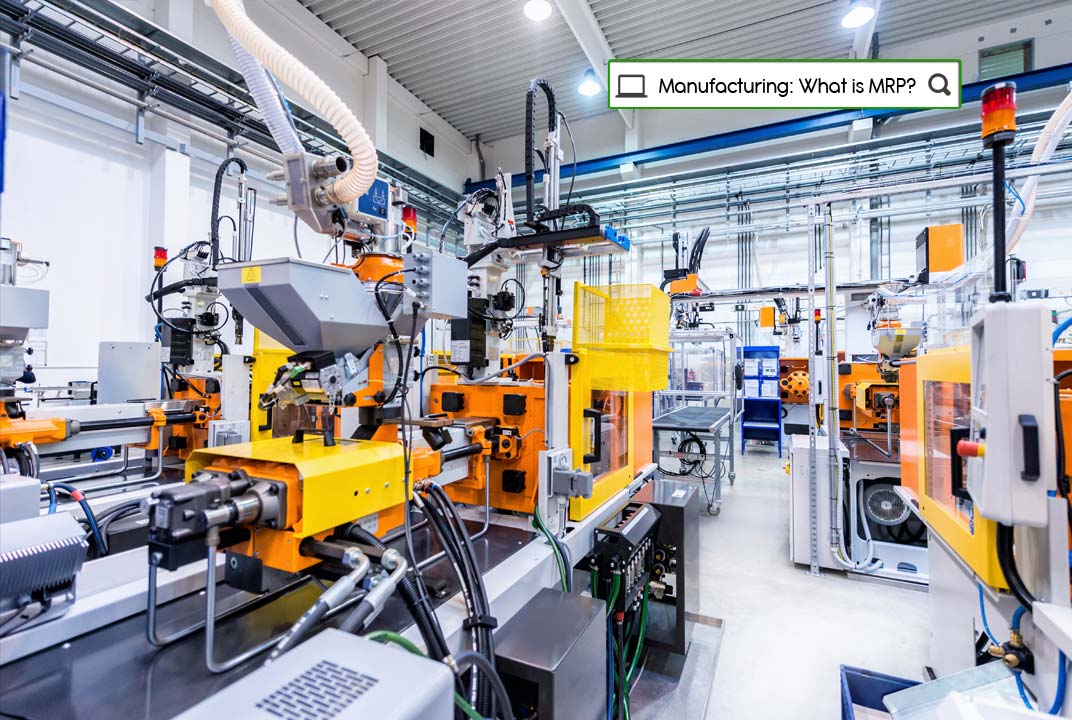MRP or Manufacturing Resource Planning is defined as a method for the effective planning of all resources of a manufacturing company. Real-time inventory, on-time deliveries, a good company overview, and production completely planned out. These are the factors that are necessary for good MRP.
Main Tenets for Good MRP
— Accurate planning and reporting for Production
The first key factor is that you always want to promise an accurate lead time when quoting. If you can determine how you allocate (schedule) materials and resources such as machines and workers to actual demand and forecast demand, you can quote delivery dates based on that information.
Improve equipment utilization and efficiency by utilizing advanced reporting. Monitor production levels by tracking work orders. This is an essential part of a manufacturer's business model. View your work order's promise date, status, instructions, etc. It gives you a better view of potential income by using customized reports.
— Real-time inventory overview
Prevent stock-outs and lower the inventory levels. Keep your warehouse at tip-top efficiency. Perform inventory counts and stock adjustments on the fly. Set items into bins and record their bin-moves. Create transfers from location to location.
Automate inventory transactions, see purchase requirements, track lots, serial numbers and more.
— Exact and on-time deliveries
Pick, Pack & Ship in a timely manner. Improve customer satisfaction. Estimate costs and lead times, shorten the lead times, and ship promptly. Using special integrations you can speed up your turn-around times and ship anywhere for less.
— Complete view of your business
Don't use another spreadsheet! Ensure seamless communication between Sales, Production, Warehouse, Purchasing, Access/Roles and Accounting including integrations with the best online accounting platforms.
— Production Planning
Accurate and realistic production schedules are extremely important for MRP. Reschedule dynamically by dragging and dropping work orders and events in an MRP-type calendar. Track assignments and set alerts for when statuses change on your production orders.
— Purchasing
Manage your supply chain using accurate statistics for Purchasing, including Reorder Points. Vendor management comes in handy including multiple vendors per item, vendor part numbers, costs and lead times. Identify low inventory & automate PO generation for the best results. Control receipt of inventory into locations and bins so that you can manage your received stock.
— Users & Roles
Real-time shop floor reporting is ideal. A real-time overview on the demand and availability of human resources. Customize which parts of the production process your users have access to and define custom roles. Users are assigned a Role that defines their access level along the supply chain. Make sure that read and write access to different aspects of the business are controlled and monitored.
Hopefully these tenets help you and your business.
Always strive to excel!
We're always adding new Features, so if you have one you can't live without, let us know using the Contact Us Form.For more information check out our Order Time Cheat Sheet.
|
Find out why it's time to migrate into the cloud.
Follow us!















